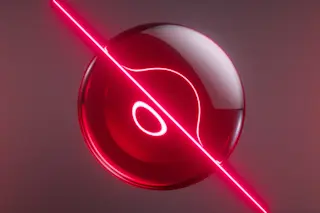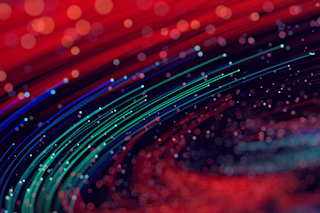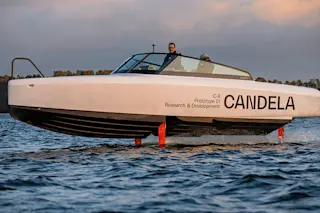Weapons-grade lasers still sound like the stuff of science fiction, but thanks to a major breakthrough by researchers at the Los Alamos National Lab in New Mexico, the Navy has taken a big step toward making this bit of sci-fi real. With the Free Electron Laser (FEL) program, the Navy hopes to use laser beams to blast enemies out of the sea and sky, and for the first time, they're starting to generate enough power to do so, with the newfound ability to create a megawatt-level laser beam.
"The injector performed as we predicted all along," said Dr. Dinh Nguyen, senior project leader for the FEL program at the lab. "But until now, we didn't have the evidence to support our models. We were so happy to see our design, fabrication and testing efforts finally come to fruition. We're currently working to measure the properties of the continuous electron beams, ...













